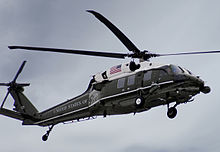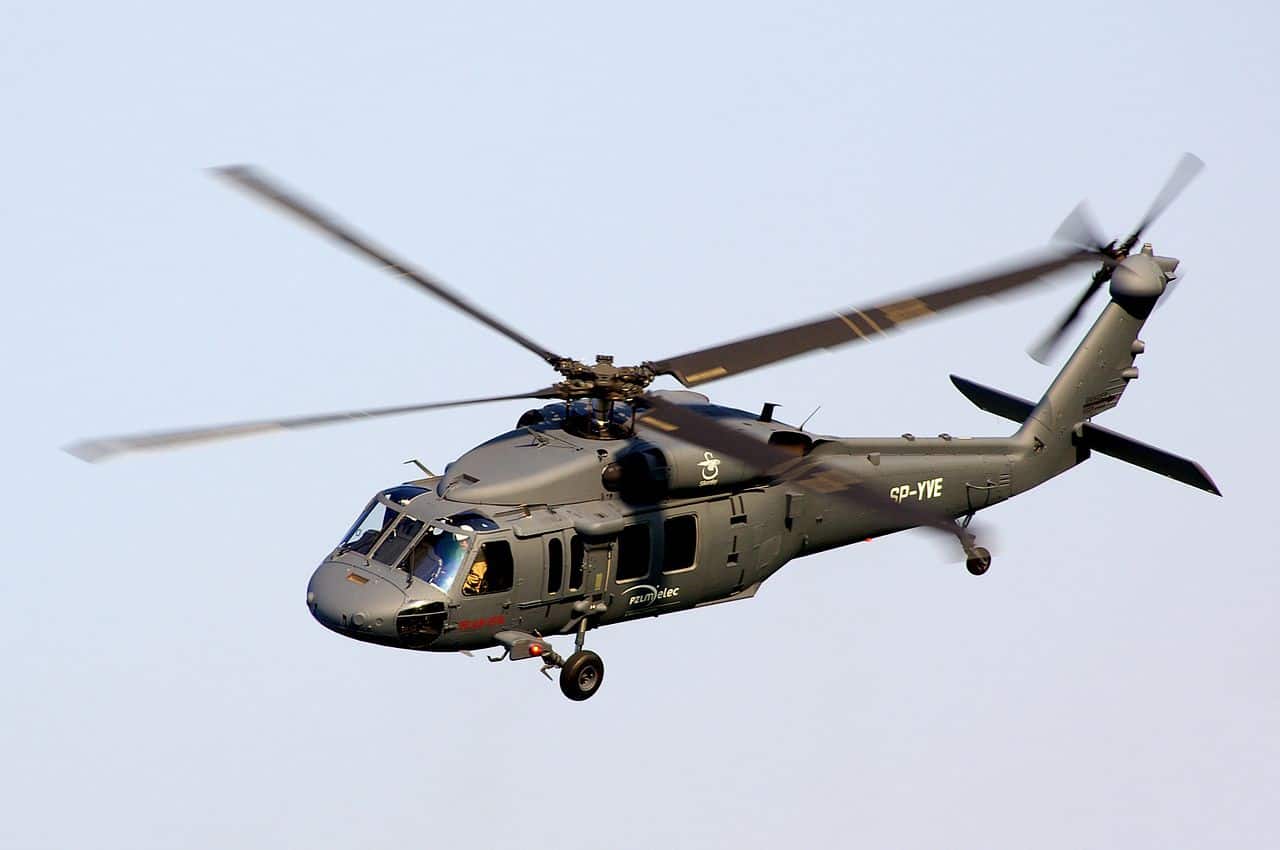The Sikorsky S 70 Helicopter: A Deep Dive into Its Layout and Performance
The Sikorsky S 70 Helicopter: A Deep Dive into Its Layout and Performance
Blog Article
Modernized Vertical Lift Platform With Advanced Composite Frameworks and Boosted Precaution
In the realm of vertical lift platforms, a substantial change towards modernization has been observed, driven by the combination of advanced composite frameworks and increased safety and security measures. In checking out the convergence of technology and safety and security in modern lift systems, a compelling narrative emerges, showcasing the capacity for transformative advancements that provide to the ever-evolving demands of commercial industries.
Advancement of Upright Lift Systems

The advancement of upright lift systems can be traced back to standard pulley-block systems and very early lift designs. Over time, advancements such as hydraulic systems, electric motors, and advanced control systems have significantly boosted the performance and security of these systems. Manufacturers have also concentrated on enhancing the security, reach, and load-bearing capabilities of upright lift platforms to satisfy the varied demands of various sectors.
Additionally, the assimilation of clever modern technologies like sensors, IoT connectivity, and automation attributes has better changed the capabilities of modern vertical lift systems. These technical enhancements not only enhance functional productivity yet likewise make certain heightened security requirements for employees using these systems at different elevations. The constant development of upright lift systems emphasizes their vital duty in boosting vertical flexibility throughout industries.
Combination of Advanced Compound Structures

Additionally, the use of sophisticated composite products permits for even more complex and enhanced architectural designs, allowing engineers to customize the platform's homes to fulfill specific performance requirements. Generally, the unification of sophisticated composite structures in modern-day vertical lift systems stands for a substantial development in aerospace modern technology, leading to a lot more efficient, reliable, and more secure airborne transportation systems.
Boosted Precaution Implementation
Implementing enhanced precaution is critical in guaranteeing the ideal efficiency and dependability of modern vertical lift platforms. These measures incorporate a variety of methods intended at mitigating risks and improving general safety and security standards. One essential aspect of improved precaution is the assimilation of innovative sensing unit technologies to keep track of different parameters in real-time. By utilizing sensing units for features such as structural wellness surveillance, tons tracking, and environmental sensing, possible dangers can be identified early, permitting positive upkeep and rehabilitative activities.

Industry Applications and Advantages
With improvements in modern technology and engineering, improved vertical lift systems have located diverse applications across different industries, using substantial benefits in effectiveness and efficiency. In the production sector, these platforms simplify the procedure of transferring hefty materials and equipment within centers, lowering manual handling and boosting functional effectiveness. The building and construction industry take advantage of upright lift systems by allowing workers to access raised locations safely and effectively, boosting overall job timelines. Warehousing and logistics companies utilize these systems to optimize storage space usage and help with quicker picking and packing processes.
Additionally, upright lift systems play a vital duty in the repair and maintenance of infrastructure such as bridges, power lines, and structures, allowing professionals to reach inaccessible locations with simplicity (sikorsky s 70). The aviation industry also leverages these platforms for aircraft upkeep and setting up tasks, boosting process effectiveness and ensuring worker security at heights. Generally, the extensive adoption of modernized upright lift systems throughout sectors underscores their flexibility and the substantial enhancements they bring to different operations
Future Trends in Lift System Modern Technology
Integrating sophisticated automation and intelligent functions, lift system innovation is poised to change vertical transport systems in the close to future. One crucial pattern is the combination of Internet of Points (IoT) technology, Get More Information allowing lift platforms to interact real-time information for anticipating upkeep, optimizing efficiency, and boosting safety and security. As lift platform technology continues to progress, these fads are set to shape the future of upright transportation, making it more efficient, risk-free, and user-friendly.
Conclusion
Finally, the up-to-date vertical lift platform showcases the advancement of technology in the sector. By integrating sophisticated composite structures and improved safety and security actions, this platform supplies boosted performance and safety for various applications. The sector can profit substantially from these improvements, and future fads in lift platform technology are likely to continue surpassing these developments for also higher success and efficiency.
In the realm of vertical lift platforms, a substantial shift in the direction of innovation has actually been you can try here observed, driven by the assimilation of advanced composite frameworks and enhanced safety measures. The continual development of vertical lift systems underscores their indispensable duty in boosting vertical movement throughout industries.

The consolidation of innovative composite frameworks in contemporary vertical lift systems has actually dramatically improved their structural stability and performance capacities. By integrating these sophisticated composites into the design and construction of upright lift systems, producers can decrease total weight, boost load-carrying capacity, and improve the platform's sturdiness and durability.
Applying boosted safety and security steps is essential in making sure the optimal efficiency and reliability of modern vertical lift systems.
Report this page